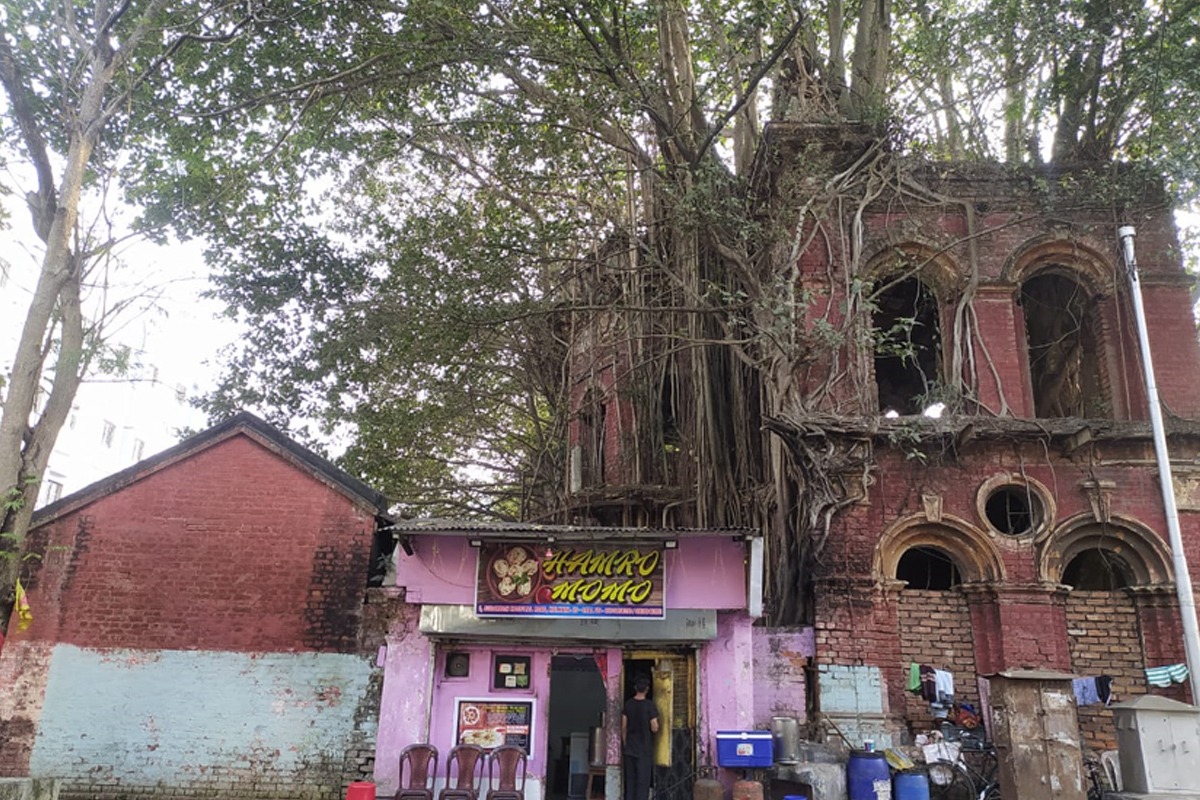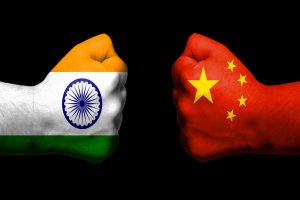The notion of culture is vague and complex. It is used to indicate several dissimilar elements, like beliefs, thoughts, values, ideals, emotions, rituals, customs, aesthetics, etc. But what conveys the people of different cultures is food. Food is more than just what sustains us. Over centuries and in every civilisation around the world, humans have always used food as a tool to bond, socialise and connect. It establishes a deep connection to history, culture and national pride. The pride in food can also lead to situations that expose its significance beyond just local lore.
One significant food that became an overnight idol is the dumpling. These tiny dollops of savoury bliss have captured the hearts and alleys of the globe. These pockets of joy, whether they be steamed, fried, or baked, increase your likeness and open your taste buds. In India, these flavourful stuff balls are popularly known as “momo”, which comes from the Tibetan phrase “mog mog”, which captures the delightful sound and experience of savouring food in the Tibetan language and is akin to the English onomatopoeic phrase “munch munch” or “nom nom”.
Momo has intertwined a fascinating journey all over the world and has its own long, rich, and diverse history. Therefore, let’s take a deep drive into the pages of history to rediscover the journey of momo finally to the city of joy.
This humble dish travelled across many geographies, evolving with each stop it made. Momos are said to have originated in the 14th century, claiming their birthplace was either in Nepal or Tibet. But first, we’ll take a deep dive into the most common type of momo, the dumpling.
The invention of dumplings remains a mystery to most scholars. Some scholars suspect that dumplings were first spread by the nomadic Turkish people who lived in Western and Central China. They used to refer to it as ‘manti’, meaning dumpling or steamed bun in many Turkish languages. ‘Manti’ also appears to be the root word for dumpling in several other languages. Yet dumplings first gathered their steam in China. According to the written record, it was created in China during the Han Dynasty (206 BC–220 AD). These were also known as jiaozi. Jiaozi were considered a symbol of wealth and prosperity and were often served during special occasions such as the Chinese New Year.
The provenance of the Indian dumpling, or momo, is a complicated one. The origin of the momo is kind of blurry. However, most people agree that it is primarily of Tibetan origin. Although some argue that momos were introduced in Tibet by a Nepalese Newari princess who was married to a Tibetan king in the late 15th century, it was after the Chinese invasion of Tibet in 1959 that the Tibetans immigrated and settled in numerous major Indian cities like Dharamshala, Kolkata, Delhi, Ladakh, Darjeeling and Sikkim. These Tibetans introduced their native foods, such as Momo, Thukpa, Taifu, Laping and others, to the Indian population after bringing their culinary customs to the Indian subcontinent. Among these, the momo became optimal because of its instant gratification and, hence, can be found mushrooming all across the country. One could grab and gobble it anywhere and in any part of the day. The shapes and options of fillings majorly depend on the previously mentioned factors. Some examples are China’s wontons or xiao long bao, Japan’s gyoza, Italy’s ravioli, India’s modak, or our very own ‘pithe’.
When momo arrived in the Indian subcontinent, it underwent a number of cultural exchanges as well as geographical changes. Today we focus on the growing fan base of momo in Kolkata, which made its debut by the end of the 1980s. The first eatery in Kolkata to sell momos professionally was a Tibetan couple who resided on the 3rd Suburban Hospital Road of Bhawanipur. The couple used to make only a limited amount for themselves and a few regular customers. They also distributed those culinary creations among their neighbours out of love. One of their neighbours was the Singh family, who were Nepalis and migrated to Kolkata from Kalimpong in Darjeeling. After the man of that Tibetan couple passed away, it was almost an uphill battle for the lady to continue the business alone. There then came the women in the Singh family, who very efficiently learned the culinary art of momo making from that lady and thus started the business of momos in Kolkata.
The Singh family, after a few years, officially launched this business and named it Hamro Momo. Dinesh Singh is the current proprietor of this shop. In a conversation with The Statesman, he said, “It was only after the establishment of the shop that momos began to circulate in the mouths of Kolkatans throughout Kolkata. Our shop has been around for almost 42 years, and according to the responses of our customers, it still has authenticity. My aunt, at first, used to sell momos from her roadside stall. This roadside stall further evolved into a two-table set-up when my mother joined the business. Once the business picked up, my parents took this space on rent and began operations from here around 1990. The name was set by my mother herself, and since then, this place has been a gem to gormandise authentic Tibetan momos.
“We also specialise in thukpas. Recently, after spotting the demand among customers, we introduced frozen momos to our menu. We are now planning to renovate this small enclosed eatery into a proper restaurant,” elaborated Dinesh.
Soon after Hamro Momo, Tibetan Delight was launched. This shop, despite its location deep inside an alley around Suburban Hospital Road, caught the sun because of its simple, authentic and pocket-friendly menu.
“The shop was started by my parents, Uday Mukhia and Nima Mukhia, almost 40 years ago. Sadly, my father passed away in 2020 due to a heart attack, and therefore, my mother, who is originally a Tibetan, now legally owns this shop. This success was because of my grandfather’s initiative to open a momo joint right after he retired from the army and relocated to Kolkata,” said Prashant Mukhia over a phone conversation with The Statesman.
Recently, almost the whole city flared up when the eatery ceased for three weeks straight due to the complaints of the landlord and a developer. Thanks to the state government and the West Bengal Pollution Control Board, this eatery was prevented from ceasing forever, and the city of joy was once again elated with joy.
Next in line is the restaurant named Momo Plaza, launched in 1992 by the late Somnath Sen and now run by his son, Sudarshan Sen. Orchid, another restaurant just beside the previous one, followed soon after. Summing up, these four eateries, standing consecutively next to each other on the 3rd Suburban Hospital Road, came to be known as the “Momo Gully of Kolkata”, serving momo as their specialty, and have remained the pioneers of Tibetan delicacies to date.












